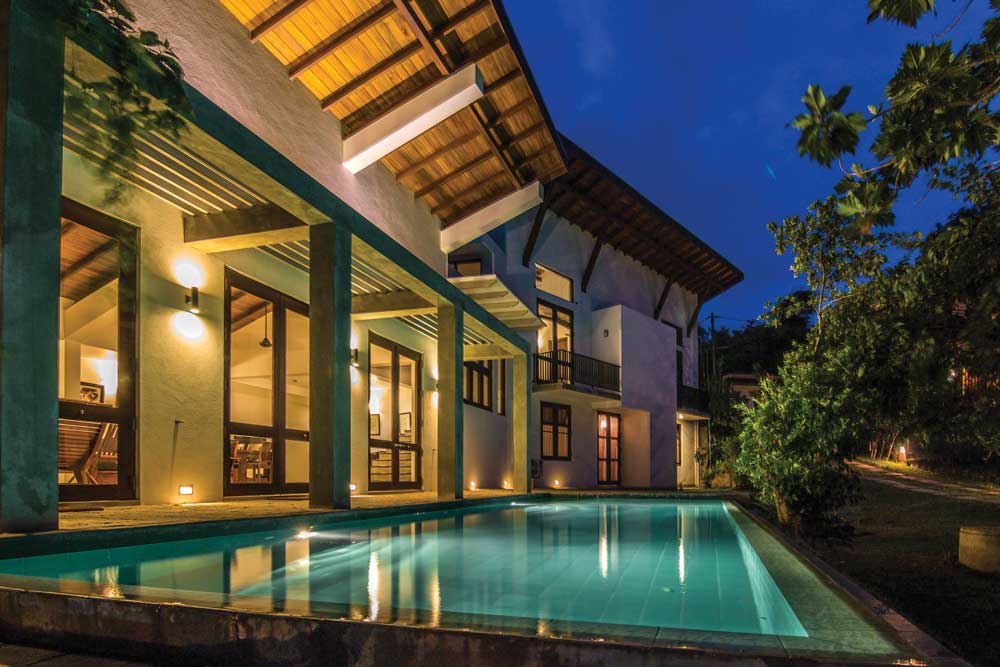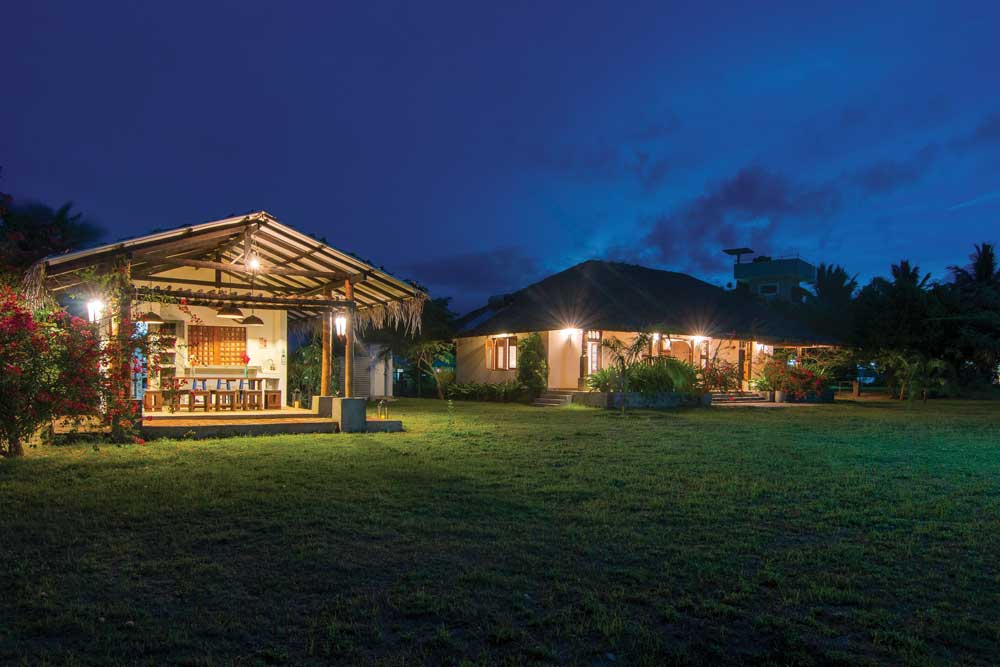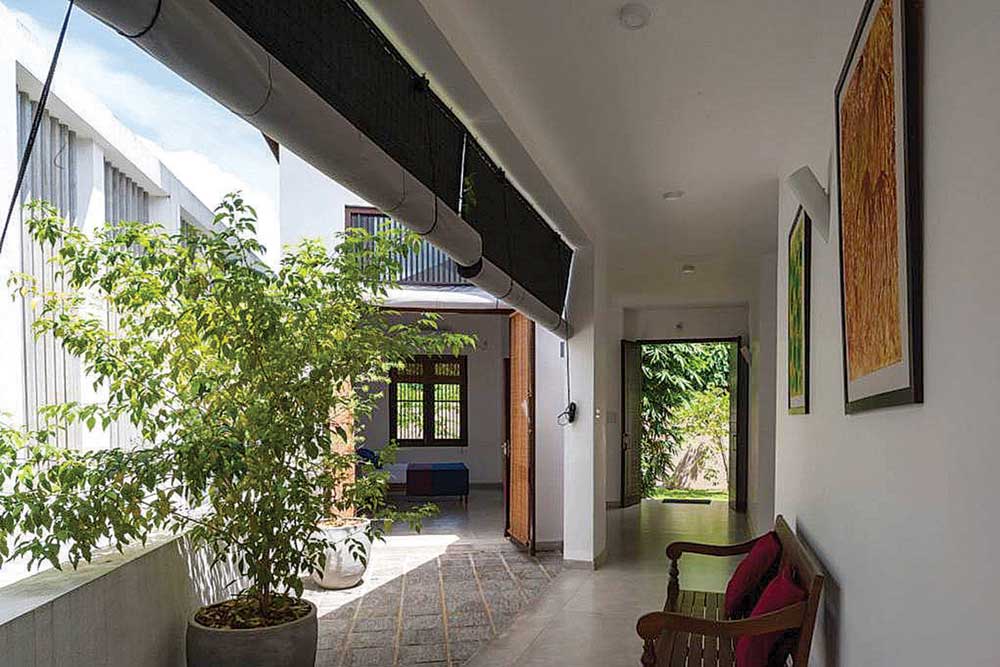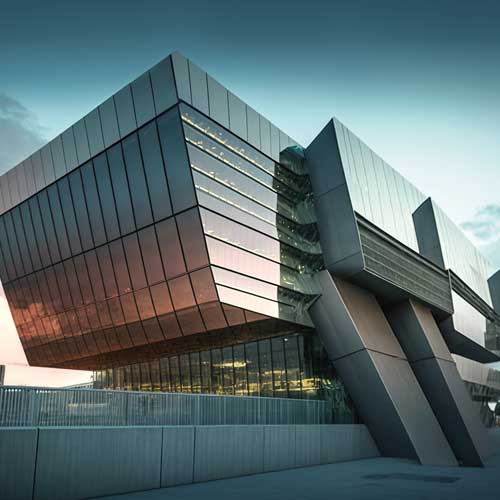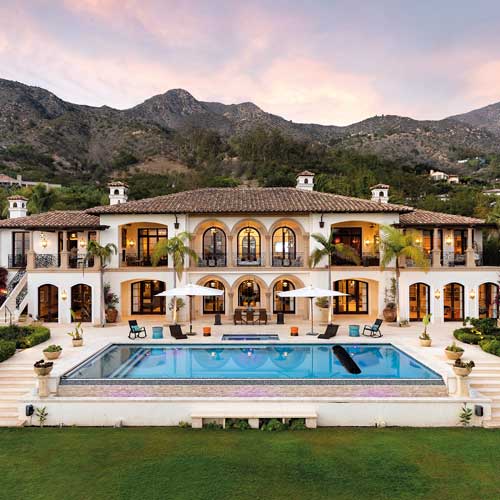Add value by streamlining the built environment
Michele Fonseka in conversation with Nicola Jayasundera
With a passion for art at an early stage in life, Michele Fonseka also loved landscaping her home garden. She felt a desire to step into the world of architecture while walking through her father’s work sites and seeing how buildings would rise up around her.
Two memorable accomplishments of her career are the design and supervision of additional construction and renovations to an existing hospital in the north, following the end of the war; and the renovation of a spatially disjointed house, which posed many – albeit rewarding – challenges in the process.
As an artist, Fonseka carves out a refuge for her clients through a unique, serene and attractive setting that links design with nature. The outdoor spaces help occupants relax and stay in touch with their inner selves while reflecting on their innate personalities.
As an educator, she also strives to instil in her students a love for nature, keen observation of architectural detail in diverse buildings and passion for the work they do.
Q: What is your story, in brief?
A: I loved art, craft work, taking part in art competitions and gardening as a youngster in secondary school. At the same time, I learnt classical music to teach and sing, and also play the organ for the local church choir in my teen years.
The decision to become an architect was influenced by my father, who was an engineer and a contractor. Walking through his work sites, I developed a love and sense of curiosity upon seeing buildings coming up from scratch. I believe a passion for architecture and construction runs in my blood.
My father made me enrol in the very first batch that followed the architecture course inaugurated by the Sri Lanka Institute of Architects (SLIA) in 1986. The course was a ‘work and study programme,’ which enabled me to intern at a few leading architectural firms in the country before qualifying as a chartered architect.
Landscaping is another passion of mine and a love for it was inculcated in my student days... that was when – as a member of a team of three – I measured and drew Bevis Bawa’s Brief Garden. Visiting the famous gardens of Alhambra in Granada, Spain, enhanced my love for landscaping.
I’m also a visiting lecturer at the City School of Architecture (CSA) and teach the history of the profession.
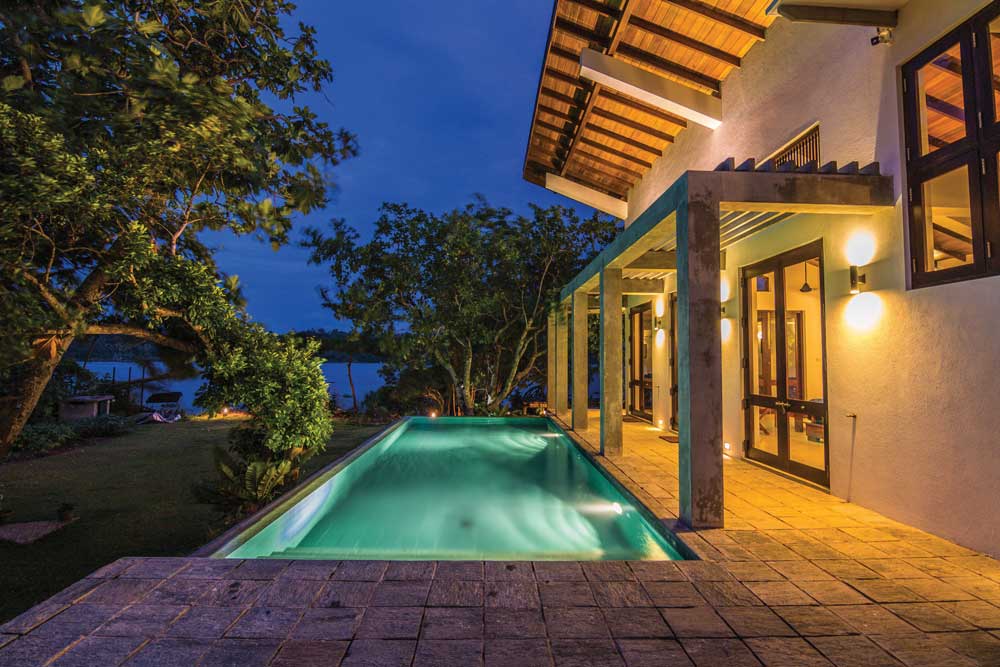
Q: Is enough being done to encourage young talent in this field?
A: Yes, we have four schools of architecture now, which is a progressive development since 1985 when only the University of Moratuwa offered a degree course in architecture. Three of these schools are accredited by the Royal Institute of British Architects (RIBA).
Additionally, I would advocate that secondary schools conduct awareness programmes introducing the advantages of a sound built environment. I have been involved in events organised by the SLIA that bring all the schools of architecture together on an interactive platform.
Many student jamborees and the first combined quiz featuring an Indian architect help pupils interact through extracurricular activities. Student travel awards also serve to widen their horizons.
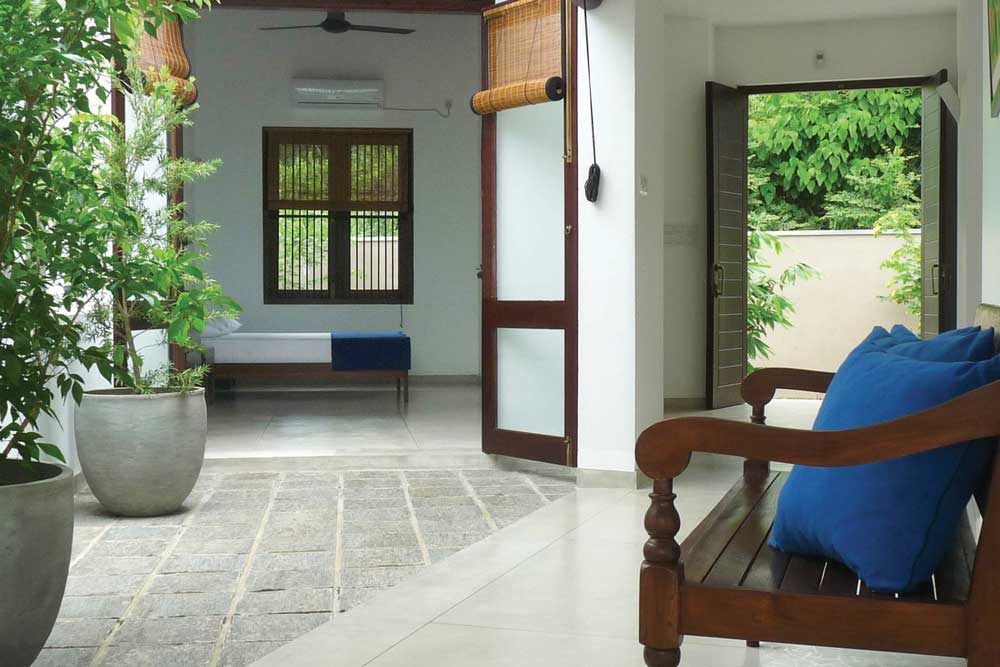
Q: In your opinion, how does architecture contribute to the growth of a culture?
A: Throughout history, we see that the built environment reflects the cultures and customs of civilisations and countries. Sri Lanka is blessed with a rich and ancient culture – with palaces, temples and great irrigation tanks. Only Cambodia’s ancient reservoirs are on a par with ours.
We also have many World Heritage Sites. But we need to learn to protect the old buildings and sites in our cities, and develop a seamless transition when creating modern structures that are sensitive and place oriented, and inculcate the spirit of a property.
A country’s culture develops when its architectural edifices and cityscapes incorporate the needs of diverse religious and ethnic groups, and help them live harmoniously.
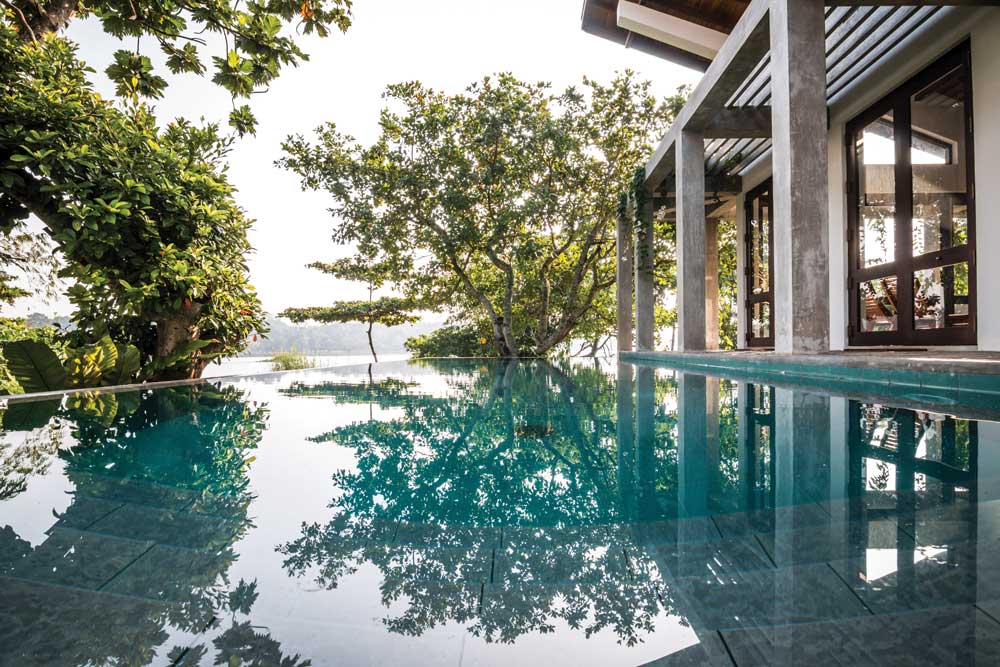
Q: How can architects face up to the challenges posed to urban design?
A: The greatest challenge to urban design lies with designing spaces in the physical environment that meet people’s needs and give the city a better quality of life.
Change is inevitable with development; but it should always connect with a culture’s roots and create a unique character that is authentically local and place oriented. The challenge would be to take a holistic look at the bigger picture and not miss the wood for the trees.
Buildings alone aren’t sufficient to create a better quality of life. There should be interesting streetscapes, wide tree lined sidewalks, open spaces and parks. Urban spaces should be designed to help develop an inclusive city.
Since vehicles have taken over many of our roads, we must seek solutions to mitigate traffic congestion and pollution, and improve pedestrian mobility so that community life and social interaction will be enriched.



